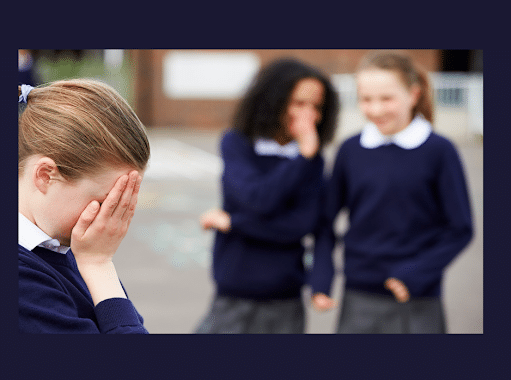The Difference Between Rude, Mean, and Bullying
As parents we all like to protect our children from getting hurt and to also make sure our children don’t hurt others. There is so much talk out there about bullying, but as parents it is very important to understand the distinction between rude behaviour, mean behaviour and behaviour that is bullying. So how can you tell the difference? Children’s author Trudy Ludwig describes the distinctions as follows:
Rude – “inadvertently saying or doing something that hurts someone else”
In children, this can be things like jumping ahead in line, burping in someone’s face, or flying a paper aeroplane in someone’s face. These “incidents of rudeness are usually spontaneous, unplanned inconsideration, based on thoughtlessness, poor manners or narcissism, but not meant to actually hurt someone.”
Mean – “purposefully saying or doing something to hurt someone once (or maybe twice).”
The main difference between rude and mean is intention. Rudeness is often unintentional whereas “mean behaviour very much aims to hurt or depreciate someone. Very often, mean behaviour in kids is motivated by angry feelings and/or the misguided goal of propping themselves up in comparison to the person they are putting down.” Examples or being mean are saying things like “I hate you” or calling someone fat, ugly, dumb etc. Meanness and rudeness should not go unaddressed and children should be held accountable. Mean behaviour in particular should not be taken lightly and can hurt deeply. While both rudeness and mean behaviour require correction, they are “different from bullying in important ways that should be understood and differentiated when it comes to intervention.”
Bullying – “Intentionally aggressive behaviour, repeated over time, that involves an imbalance of power.”
Most experts on bullying define it as the use of force or coercion to abuse or intimidate others. Children who bully say or do something intentionally hurtful to others and they keep doing it, with no sense of regret or remorse — even when victims show or express their hurt or ask the bully to stop. Kinds of bullying include physical and verbal aggression, relational aggression (like social exclusion, hazing, or rumour spreading), and cyberbullying. The behaviour is ongoing leaving victims feeling powerless and fearful.
Ways in which bullying can occur include spreading rumours, threats, gossiping, tormenting, inappropriate use of technology to hurt someone, intentional exclusions from peer group, verbal harassment, physical harassment, and sexual harassment.
Bullying can have serious and long-term side effects and problems for the victim.
Dealing with mean, rude, or unkind people is a part of life that we all have to learn how to deal with. Bullying, on other hand is a different matter and it needs to be addressed immediately. By talking to your child about the differences, you can better identify the offending behaviour and take appropriate action. There are many books on bullying, childhood resiliency, and coping skills that can be helpful in talking with your children.







